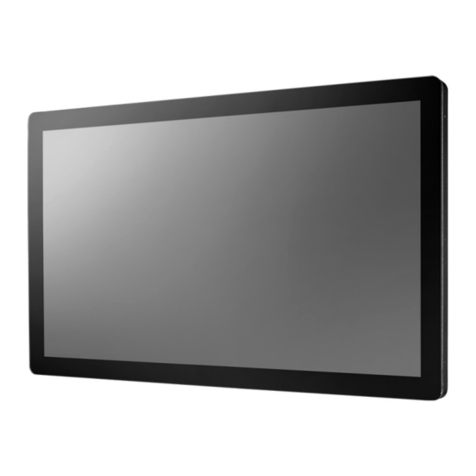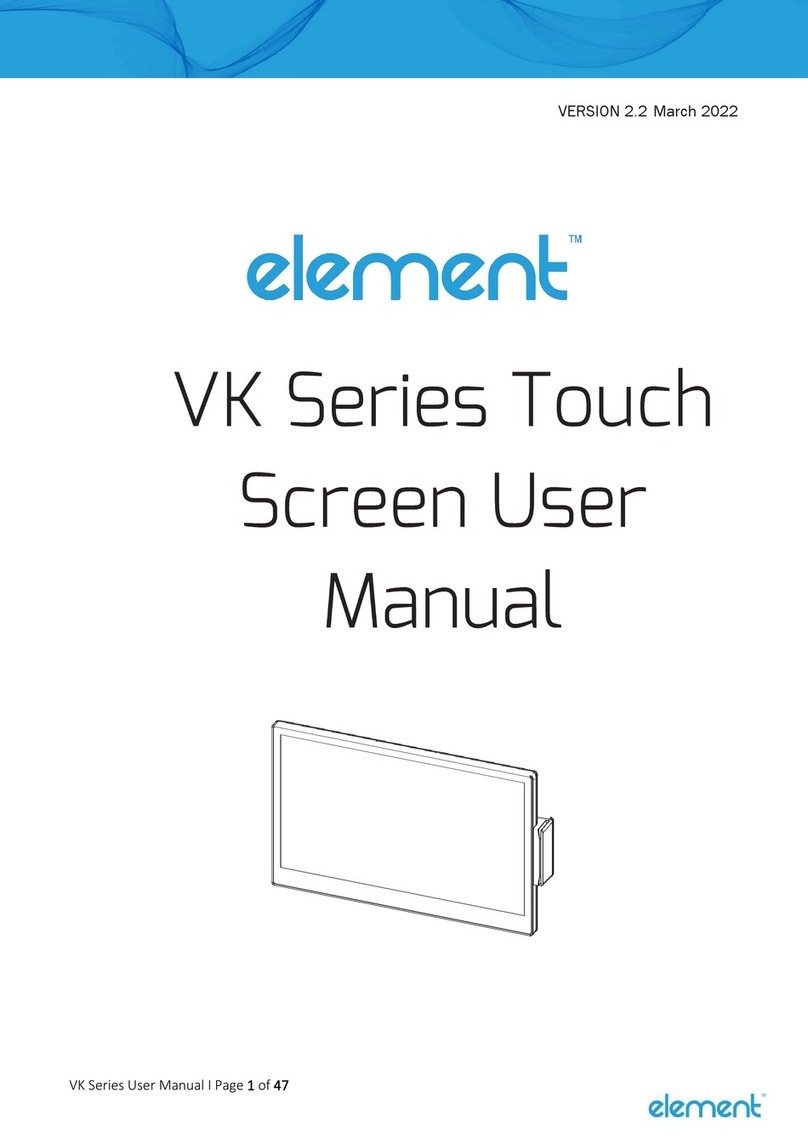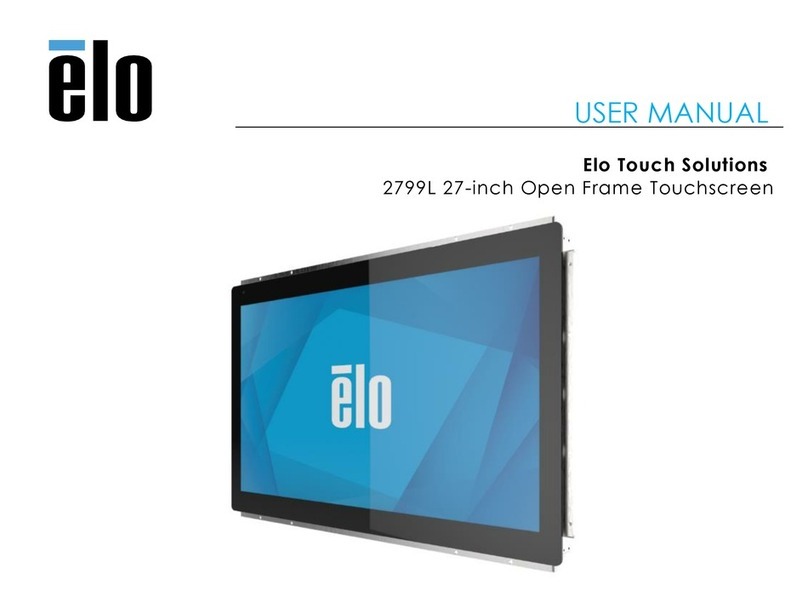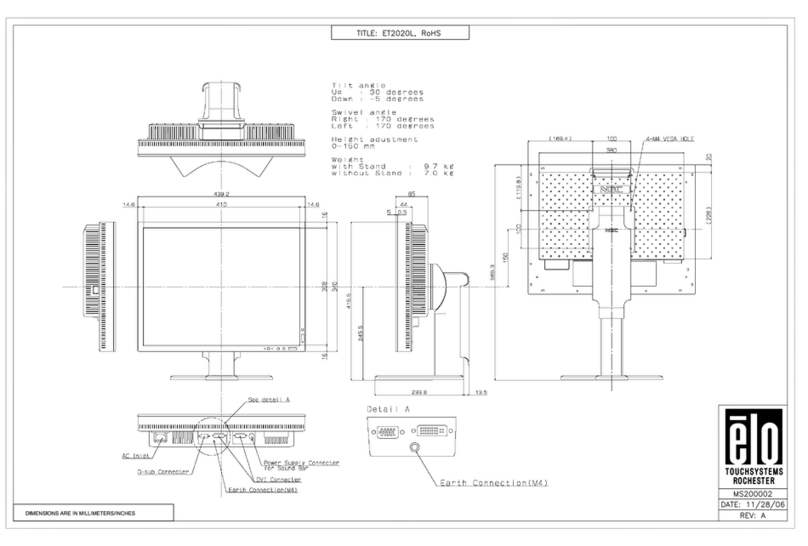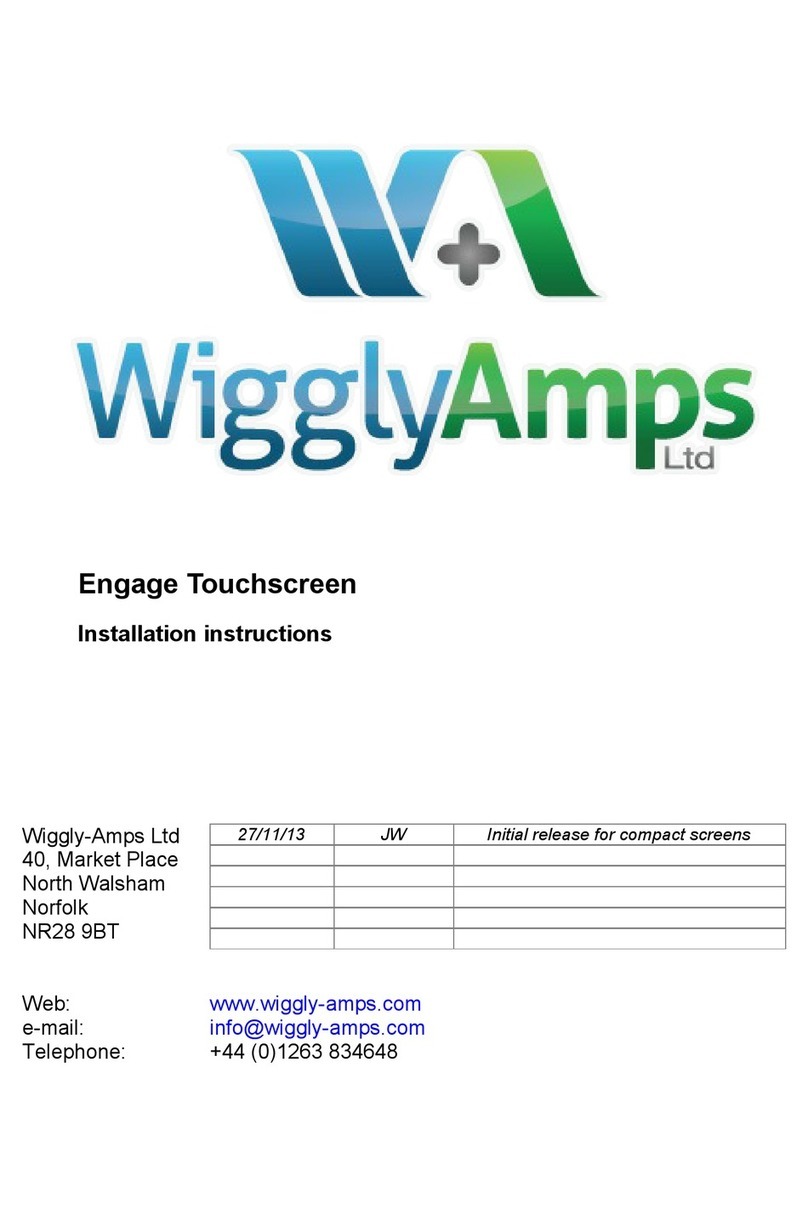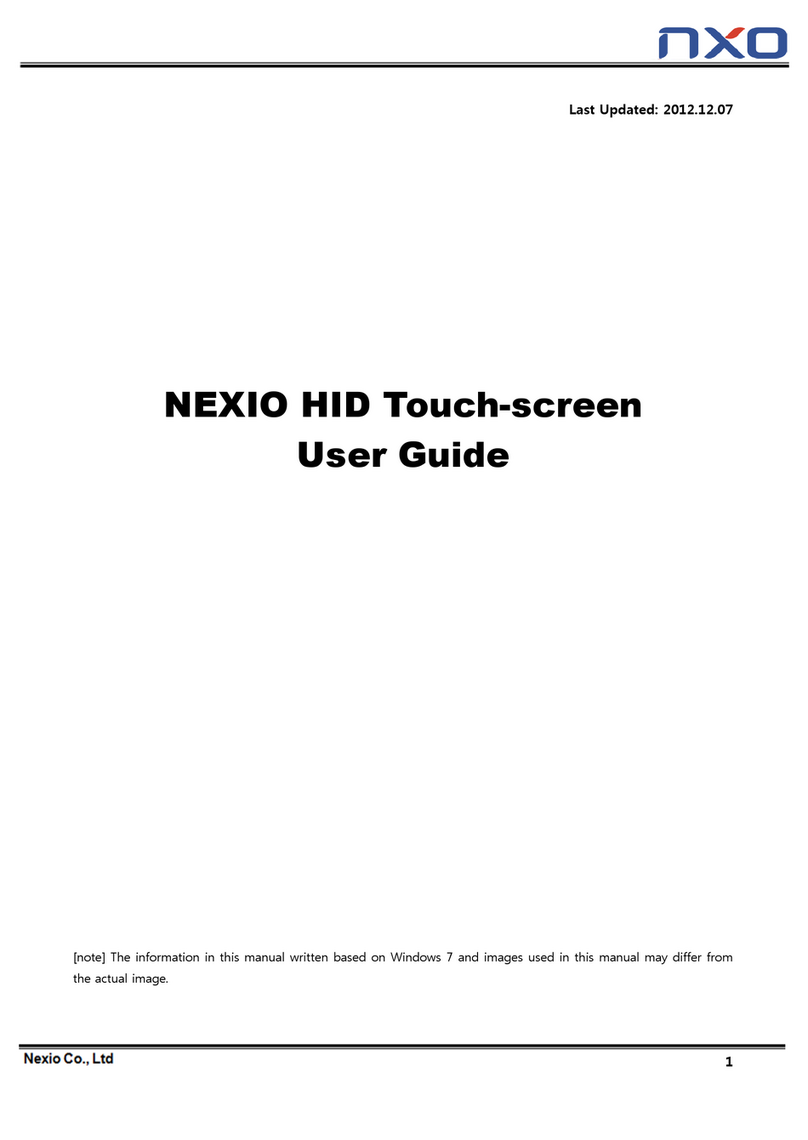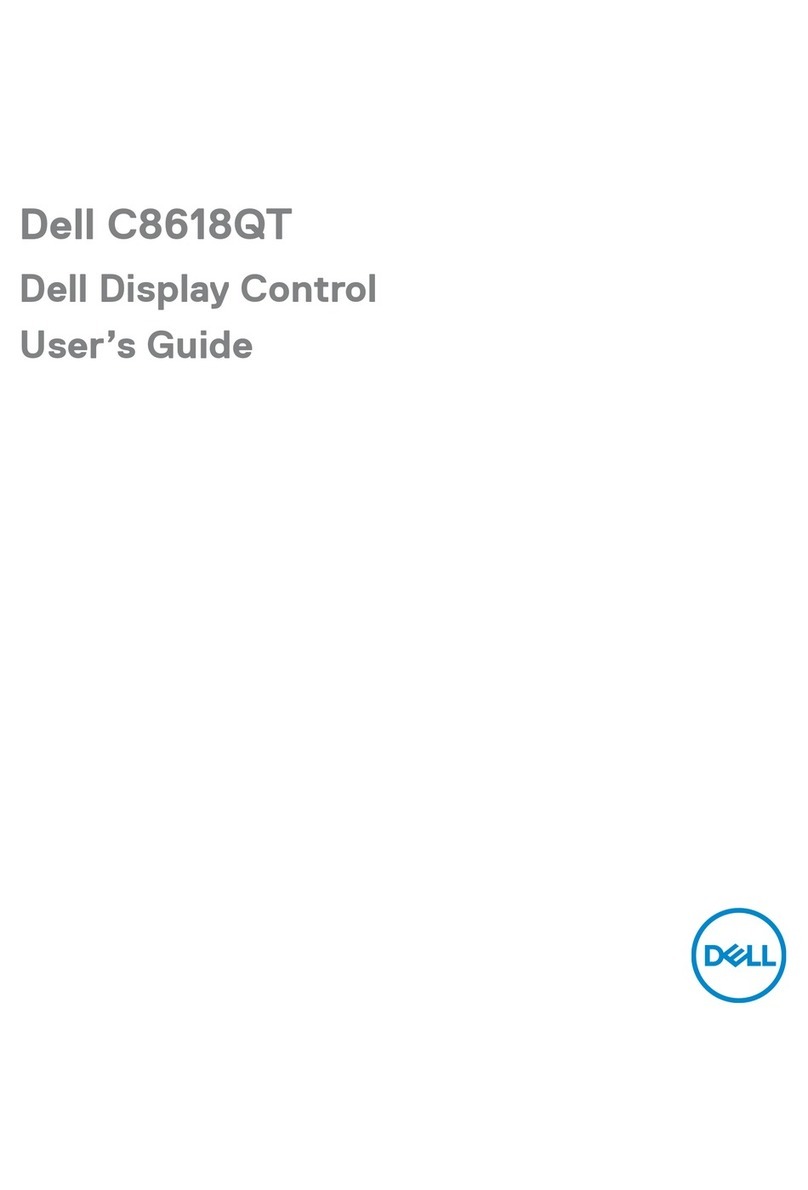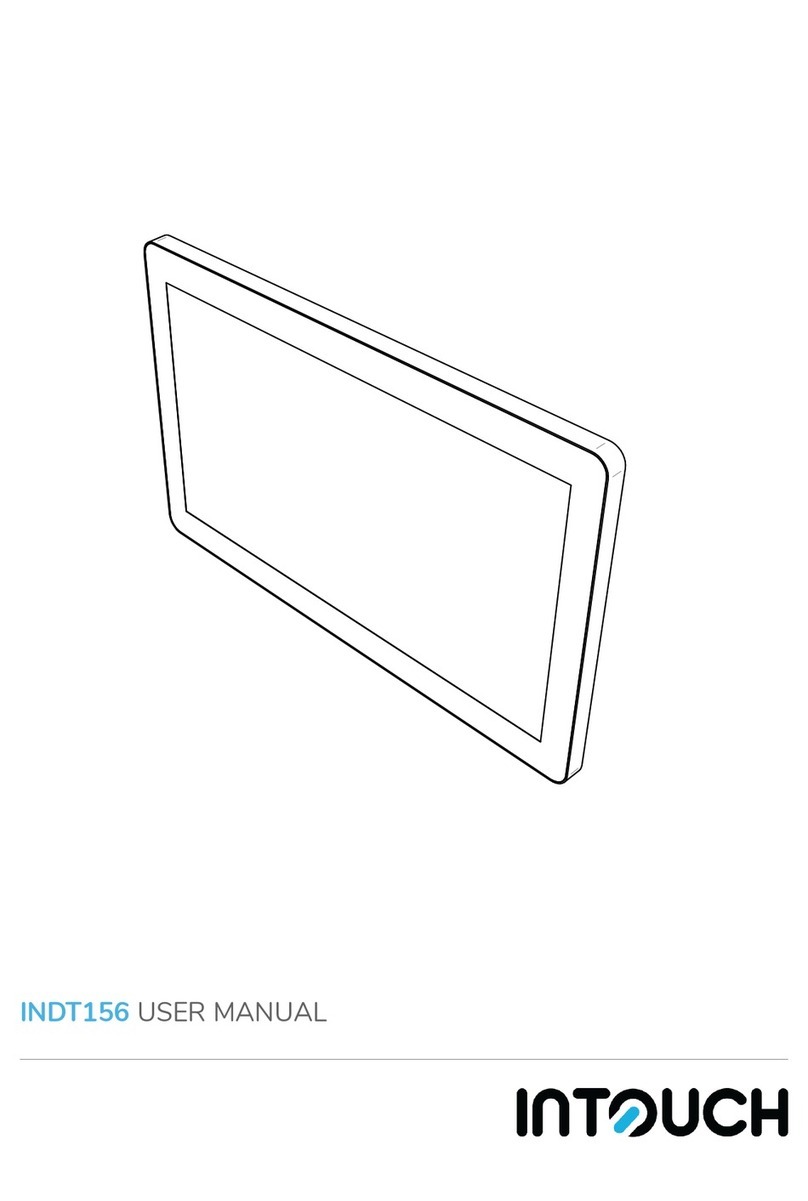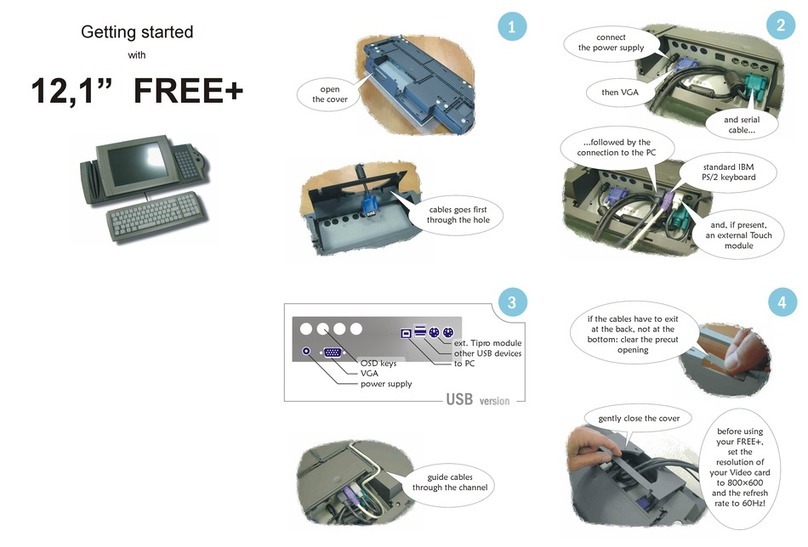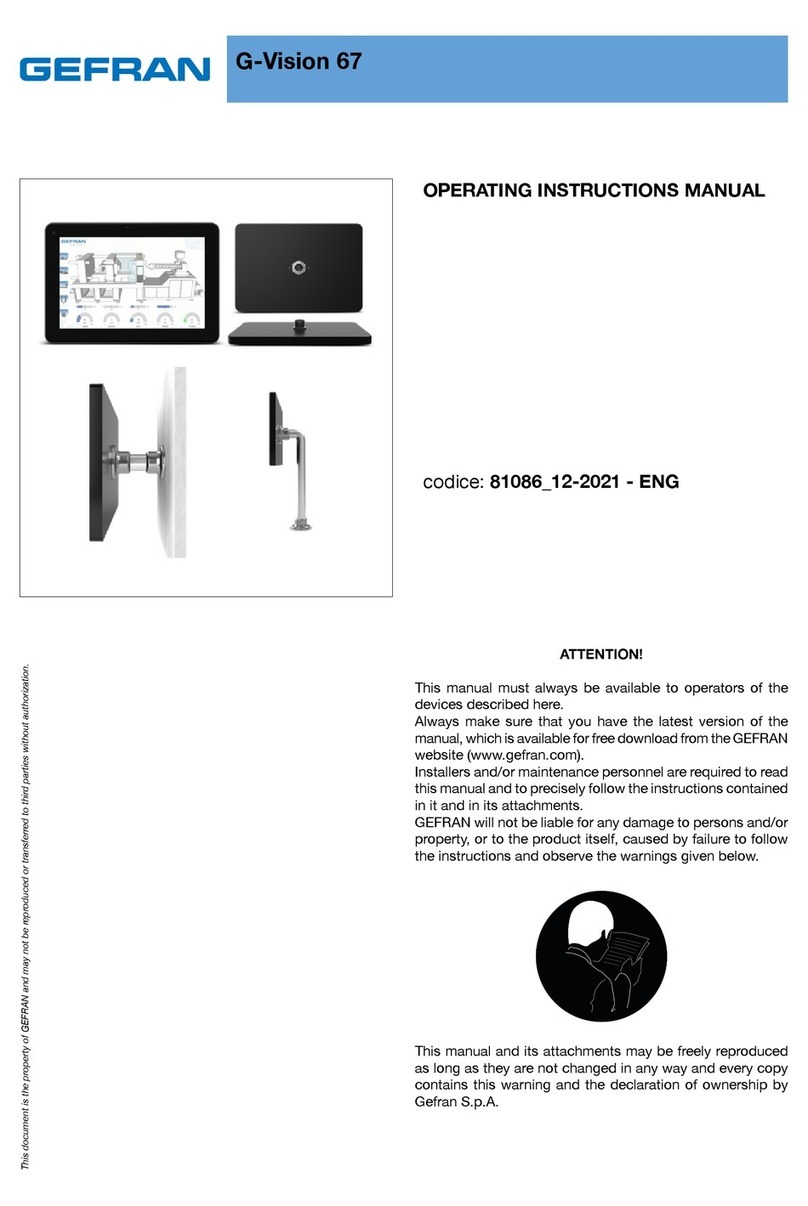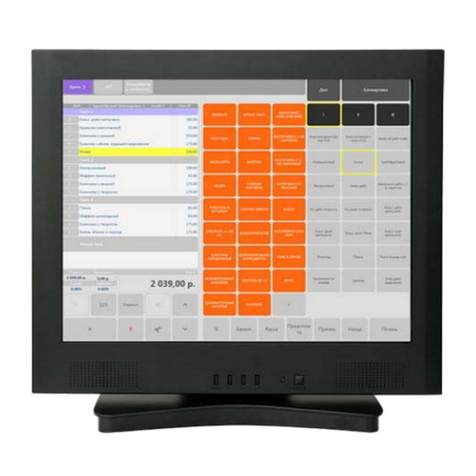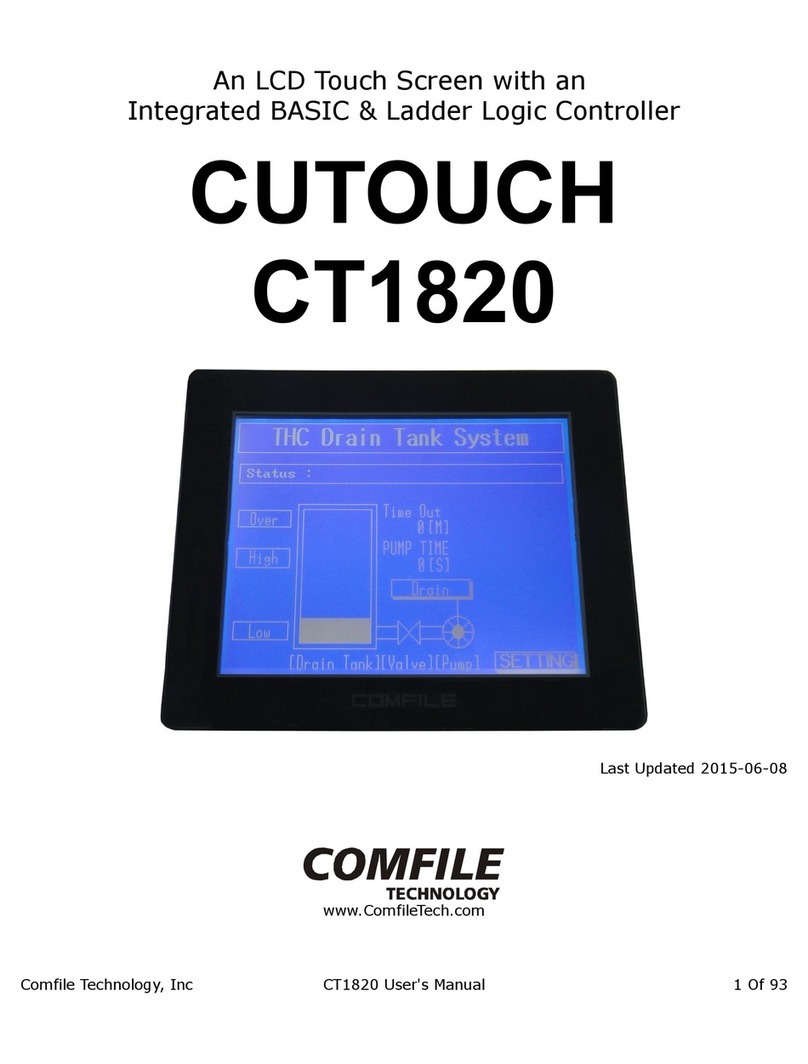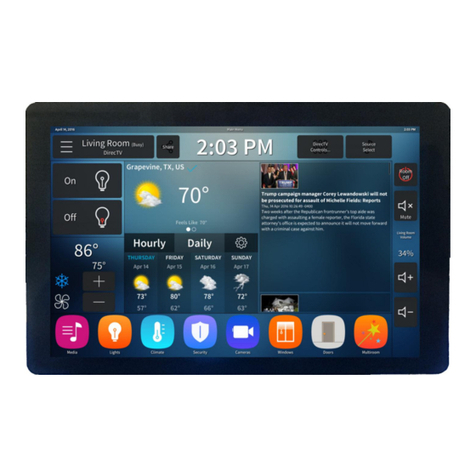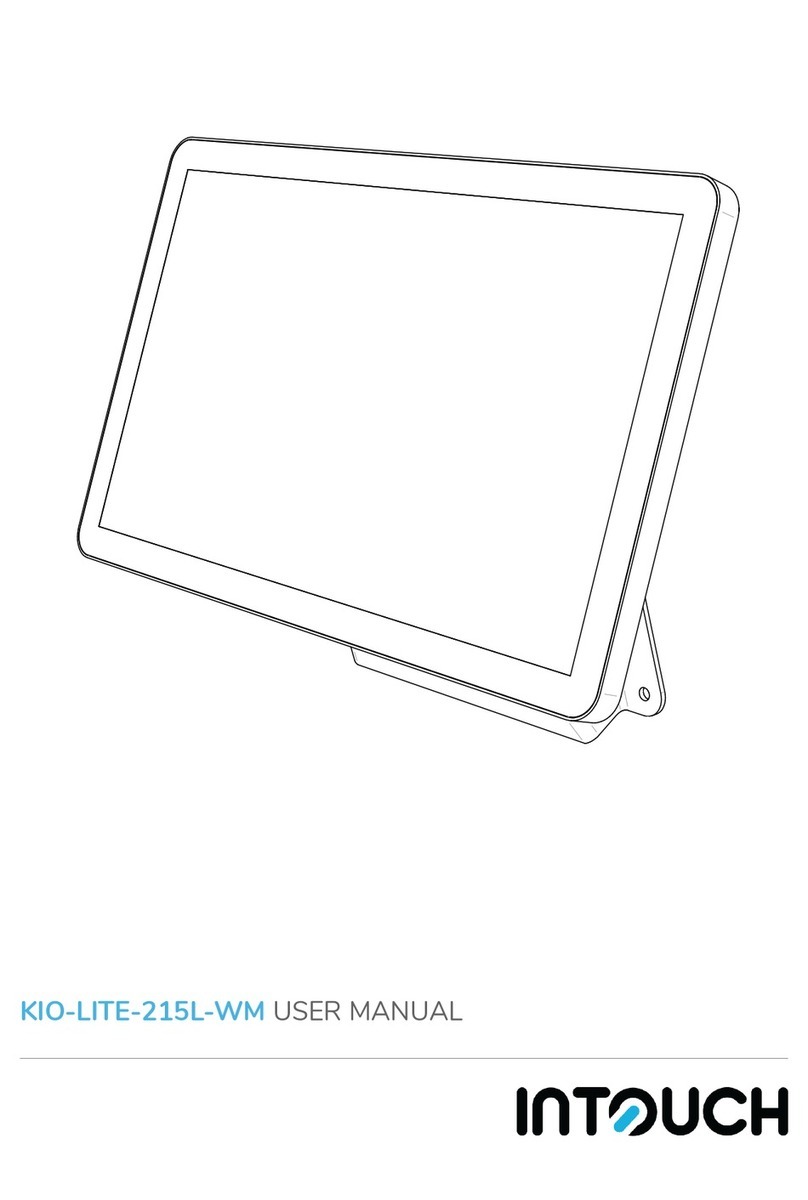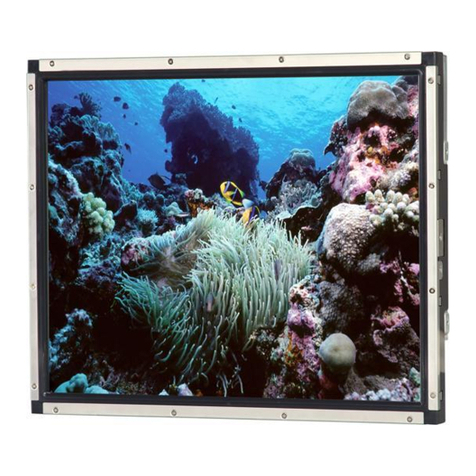
Contents
80-JB400-1 Rev D
MAY CONTAIN U.S. AND INTERNATIONAL EXPORT CONTROLLED INFORMATION
Conventional Vehicle Types ...................................................................... 4-4
Straight Truck Vehicle Types (All Makes) .................................................. 4-9
Cabover Engine Vehicle Types (All Makes) ............................................ 4-10
Special Cable Ordering Instructions for Tilt Cabs .................................... 4-10
Tools and Supplies Recommended for Installations ...................................... 4-11
Omnitracs Approved Sealants ................................................................. 4-11
Mobile Application Server 110 (MAS110) Installation
General Installation Guidelines ........................................................................ 5-2
Installing the Backup Battery into the MAS110 ................................................ 5-2
Installing the MAS110 ...................................................................................... 5-3
Selecting a Mounting Location ................................................................... 5-3
Securing the MAS110 ................................................................................ 5-4
Installing the Power Cable ............................................................................... 5-5
Low Voltage Disconnects (LVDs) .............................................................. 5-5
Power Cable Run ....................................................................................... 5-5
Power Cable Routing ................................................................................. 5-5
Power Cable Wire Connections ................................................................. 5-5
Grounding Guidelines ...................................................................................... 5-6
Installing the Accessory Cable ......................................................................... 5-7
Cable Run .................................................................................................. 5-8
Connecting Cables to the MAS110 ............................................................ 5-8
Wireless Interface Box 110 (WIB110) Antenna Installation
General Installation Guidelines ........................................................................ 6-2
WIB Antenna View-of-Sky Requirements ........................................................ 6-2
Installation of WIB Mount ................................................................................. 6-3
Option #1 ................................................................................................... 6-3
Option #2 ................................................................................................... 6-3
Mount the WIB Antenna.............................................................................. 6-5
Routing the WIB Cable ..................................................................................... 6-5
Connecting the Antenna Cable to the MAS110 ............................................... 6-5
Display Interface Unit 110 (DIU110) Installation
General Installation Guidelines ........................................................................ 7-2
Selecting a Mounting Location ................................................................... 7-2
Installing the Display Holster and Display ........................................................ 7-5
Display Cable Routing ............................................................................... 7-5
Connecting the Display Cable to the DIU110 ................................................... 7-6
Inserting the DIU110 into the Holster ............................................................... 7-7
Connecting the Display Cable to the MAS110 ................................................. 7-7
